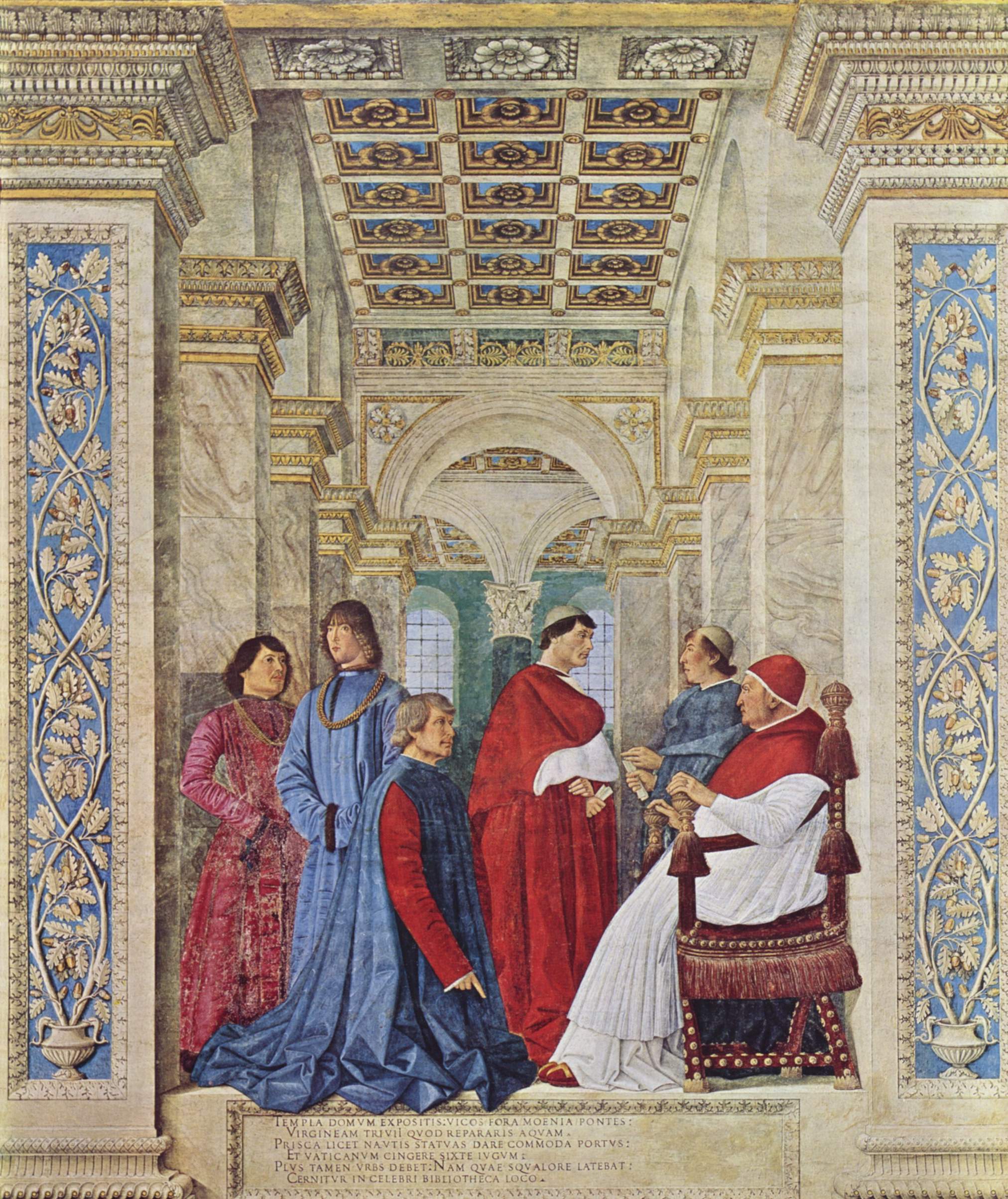This Spring School, which will be organized in cooperation with the Committee for Teaching Neo-Latin of the International Association of Neo-Latin Studies (IANLS), will have two aims. On the one hand it will give a general introduction in the studying of the field of Neo-Latin for students who have few or no experience with it so far. On the other hand, it will explore the field by focusing on Roman humanism and the city of Rome and its representation in Neo-Latin literature. For many authors writing in Latin between 1350 and 1700, Rome was a focal point to which they guided their attention. This was due to the city’s ancient heritage and its political and cultural repercussions for early modern Europe that radiated widely all over the continent and could be appropriated in many local, national or transnational contexts. Furthermore, the popes residing in Rome formed an important element of real and symbolic power and an attractive place for artists, intellectuals and literates in the search of artistic protection and patronage. The huge development of Rome’s cityscape that took place from the fifteenth century onwards is not imaginable without a close connection to the debates about Rome’s heritage and role in contemporary Latin literature.
On the basis of case studies, participants will get to know specimens of Rome’s attractiveness for Neo-Latin writers. The KNIR will be the site of the lectures and library research, but our main venue will be Rome itself. During the course we will visit a variety of sites in (and outside of) Rome (Biblioteca Vaticana, Vatican Museums, Capitoline Museums, the ancient Forum, the Pantheon, and many more) and relate the places to written sources and literary texts of many different types (poems, historiography, descriptions of the city, letters) in order to understand the impact of the city on the learned Latin debates and literature of early modern Europe.
Staff
dr. Susanna de Beer (KNIR), Prof. Dr. Claudia Schindler (Universität Hamburg), Dr. Christoph Pieper (Universiteit Leiden)
Target group and admission
The course is open to 15 MA/RMA and PhD students with a good command of Latin. In case of more applications, preference is given to students who do not have the opportunity to follow course in Neo-Latin in their home Universities. The selection is based on a motivation letter and a curriculum vitae. Students can apply via the link below. Include in your application:
– a letter of motivation
– a C.V.
– for RMA students: a recent list of grades officially provided by your university
Course format and assessment
This course will be taught in English. The assessment will consist of a preparatory assignment, brief individual presentation in Rome, final essay of 3000 words max.
Credits
The study load is the equivalent of 5 ECTS (140 hours). Each student should arrange with their university coordinator whether the course can be a part of the existing curriculum. After successful completion of the course, the KNIR provides a certificate mentioning study load and evaluation.
Costs
Tuition and lodging at the KNIR is covered by the International Association of Neo-Latin Studies (IANLS). Personal expenses, including meals, are not included. Travel expenses cannot be reimbursed.
Facilities in Rome
All participants will be housed at the Royal Netherlands Institute in Rome’s Villa Borghese Park. From there, it is only a short walk to the historical center of Rome. The KNIR accommodation consists of shared bedrooms/ bathrooms, and includes a living and dining space, a large kitchen, washing machine and wireless internet. All residents have 24/7 access to the library and gardens of the Royal Netherlands Institute.
Apply before
January 6, 2024. Please note that the decision of the selection committee is final and no correspondence will be entered into.
More info
E-mail: secretary@knir.it
Phone: (+39)063269621
This Spring School has been organized in collaboration with IANLS





